
Isabelle Antena – En Cavale, 1986




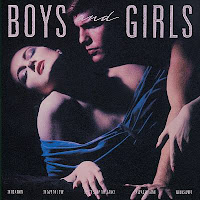 |
buy |
|
 |
||
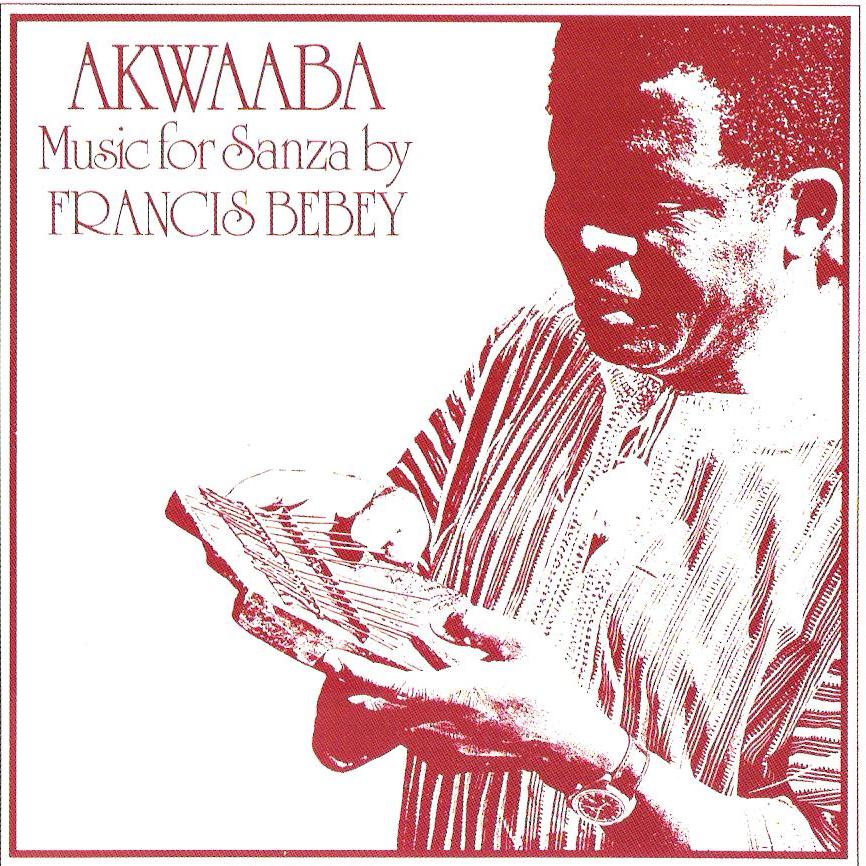 |
buy / download |
|
 |
buy / download |
|
 |
||
 |
download |
|
 |
download |
|
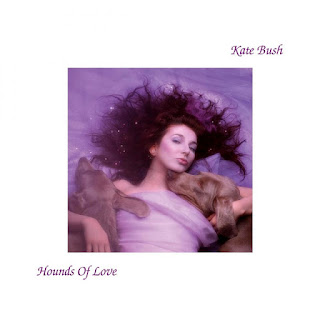 |
buy |
|
 |
buy |
|
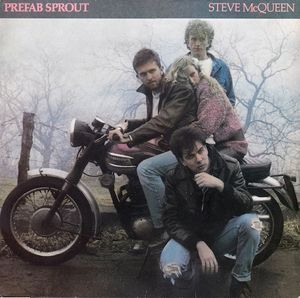 |
buy |
|
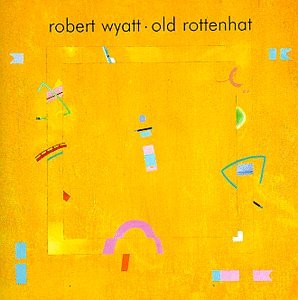 |
buy |
|
 |
buy |
|
 |
buy / download |
|
 |
buy / download |
|
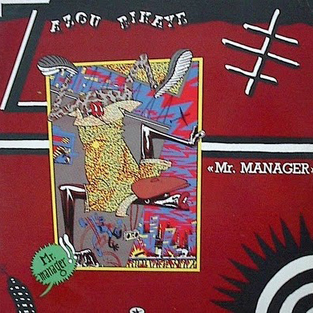 |
download |


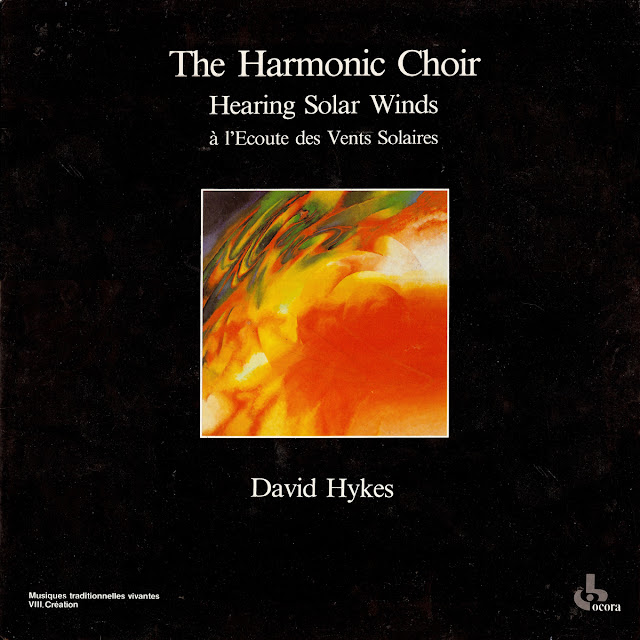
“This recording was made in L’Abbaye du Thoronet, a 12th-century Cisterian monastery in Provence, where I had previously brought the choir in 1978. The simple harmonic geometry of the abbey seemed perfectly proportioned to magnify the choir’s music and let it resonate within its sacred space. Working there was an incredible challenge: our sensations, our breathing, and even our thoughts and emotions became intensely amplified.”
–David Hykes, liner notes

-Front.jpg)
Nothing challenging or high-brow here, just 34 minutes of string-streaked, four-on-the-floor delirious disco perfection. Opens with the epic ten minute classic “Supernature,” and while the album slows down for a few breaths (“In The Smoke” is straight-up new age with a muted heartbeat drum pulse), there isn’t a weak spot to be found. Make sure to take a good, long, hard look at that album art. Happy dancing, and happy new year!